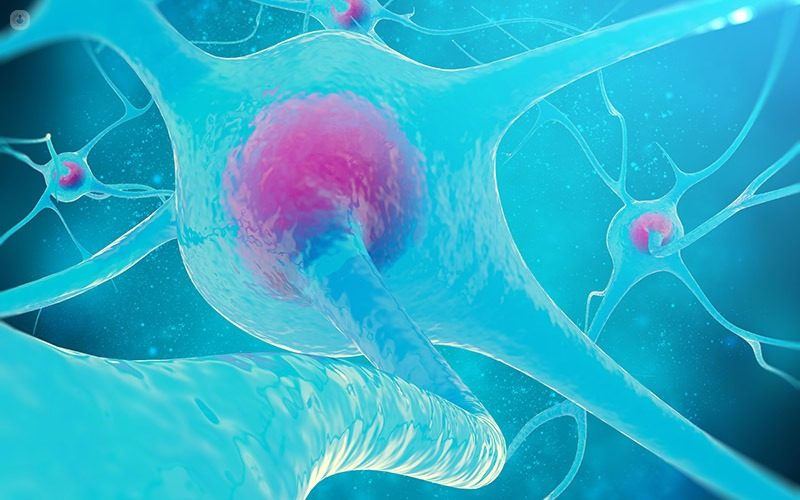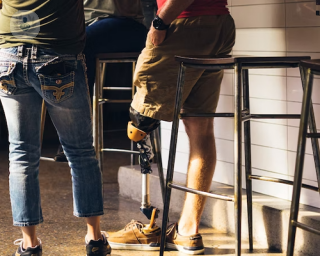Reinervación muscular dirigida
What is targeted muscle reinnervation (TMR)?
Targeted muscle reinnervation (TMR) is a new technique for the management of neuroma and phantom pain in amputees. It is a procedure carried out under general anaesthetic which aims to repair the nerve ends in an amputated limb.

Why is it carried out?
Targeted muscle reinnervation is carried out to reduce phantom pain and residual limb pain after an amputation. Randomised control trials so far show that TMR can be highly effective in reducing pain.
TMR can be carried out at the time of the initial amputation or as a standalone procedure. It is more common to carry out TMR as a separate procedure if the amputation is made below the knee.
What does the procedure involve?
TMR involves identifying the main nerves which used to lead to the amputated limb. These nerves cause pain by attempting to reconnect with the lost end, and can form sensitive nerve tissues known as neuromas. The identified nerves are divided and attached to the nerves supplying the nearby muscle, thereby giving the nerve something to do.
The wounds are then closed, with dissolving stitches, and a negative pressure suction dressing is used postoperatively to help manage the swelling.
What are the risks of the procedure?
The main risks associated with operating surgically on a limb include deep vein thrombosis and pulmonary embolism, which are generally managed with blood-thinning medication. Bleeding and infection are also small risks.
As for the nerve repair itself, the main risk is numbness around the stump, requiring the patient to check their skin regularly for signs of damage and infection. Finally, while most patients will experience a major improvement in pain after surgery, a small number of patients the operation can make the pain worse.
What happens after the procedure?
After the procedure the patient usually stays in hospital for 2-3 days. A wheelchair is recommended for the first two weeks after surgery in order to avoid swelling. If the patient has a socket it is usually possible to get back into this 2-4 weeks after surgery.
In terms of symptoms, it is common for patients to experience higher post-operative pain up to one month after the operation. However, after six months an improvement in symptoms should be noticeable.


